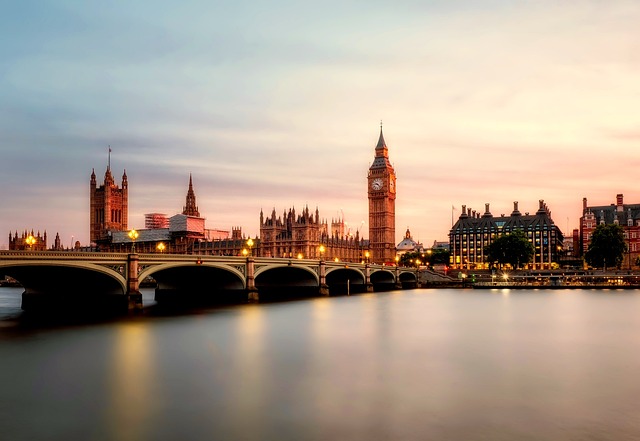Tag: England
-
River Thames Facts – The Longest River in England
River Thames is the longest river in England and the second longest river in the United Kingdom with a length of about 215 miles. It flows through southern England, starting from Gloucestershire Cotswolds to North Sea. It passes through eight English counties and flow alongside some of the major towns and cities such as Oxford, Richmond, Kingston upon…
Written by
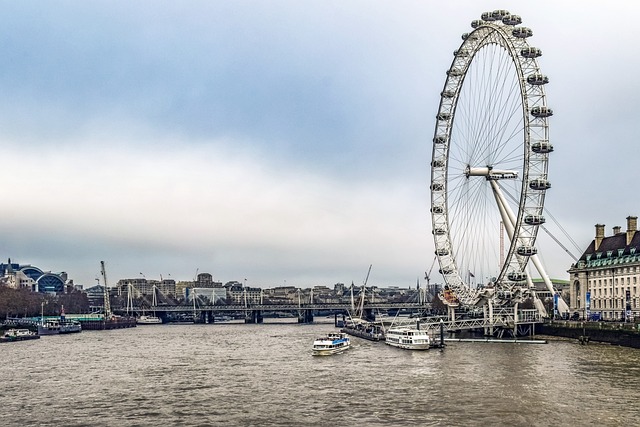
-
Winston Churchill Facts For Kids | The Prime Minister Of UK
Winston Churchill became twice the Prime Minister of UK. He was a politician as well as an author. His first term of office begins in May 10, 1940 and ends on July 26, 1945. His second term of office begins in October 26, 1951 and ends on April 6, 1955. He was also one of the…
Written by
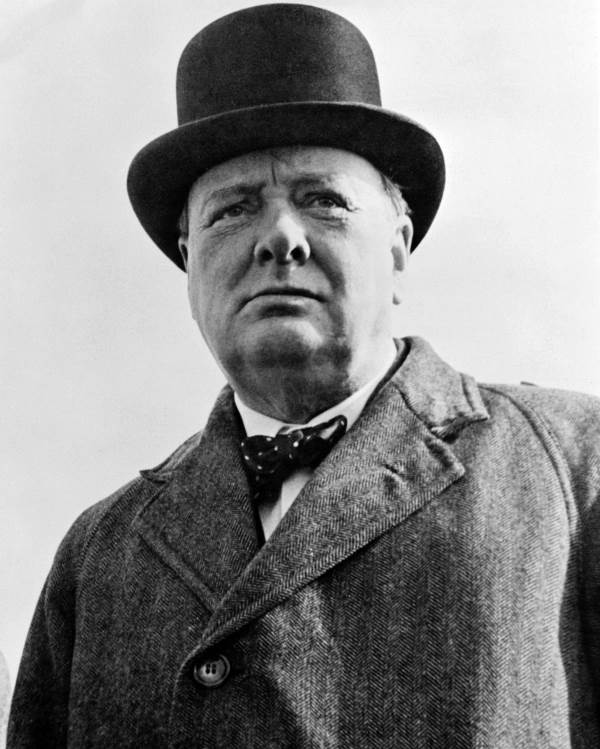
-
Victorian Facts For Kids | Age Of Happiness and Progress In Britain
The Victorian era was a period in the British Empire in which Queen Victoria ruled over Britain from June 20, 1837 to January 22, 1901. It was a period of great happiness and peace in Britain. Let’s take a brief look at Victorian facts for kids. Victorian Facts For Kids Name Of British Monarch: Queen…
Written by
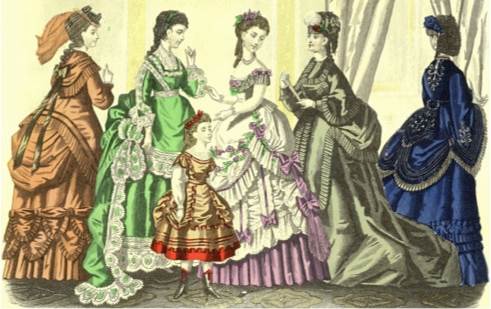
-
Henry VIII Facts For Kids | King Of England
Indeed, Henry VIII was the most famous king of the Tudor dynasty. He ruled England for just about 38 years and married six times. He died at the age of 55. Now let’s have a look at some other facts about Henry VIII. Henry VIII Facts For Kids Date of Birth: June 28, 1491 Place…
Written by
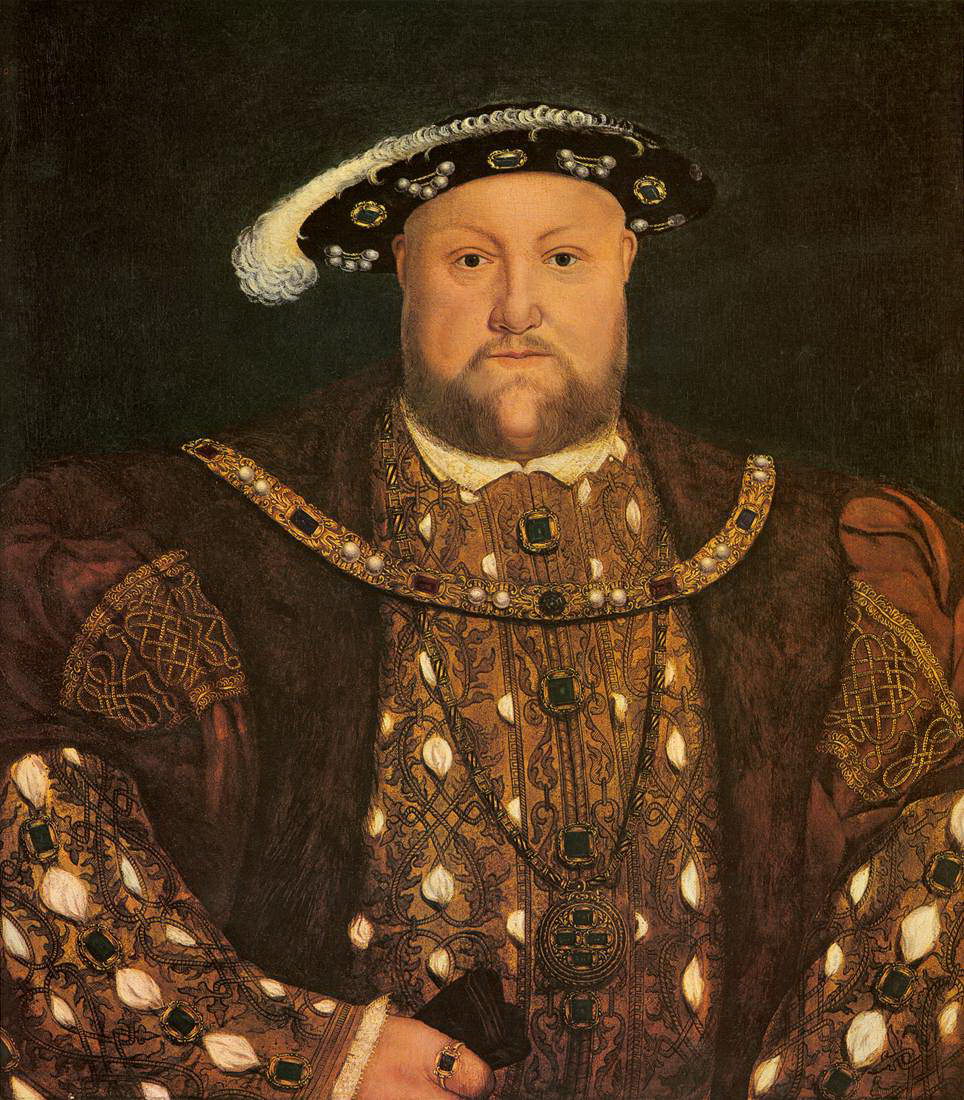
-
Tudor Facts For Kids | Royal House Of Kingdom Of England
Tudor is the dynasty of kings and queens that ruled over England and Ireland in 1485. There were five monarchs who ruled for more than a century. Of all the five, Henry VIII was certainly the most famous king. The last queen of this dynasty was Elizabeth I in 1603 after which the succession of…
Written by
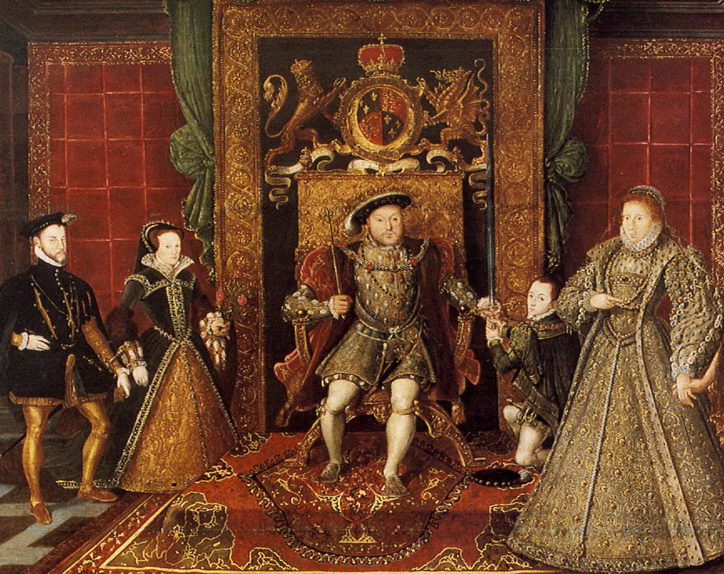
-
Big Ben Facts for Kids | Exciting 8 Facts about Clock Tower
London has many landmarks, but none is more popular than the Big Ben. This clock tower is probably the most prominent and well known attraction in not only London, but England as well. Its history and Victorian structure attracts millions of tourists every year. It is located on the side of the House of Parliament…
Written by

-
London Facts For Kids – Facts About London
London being the capital city of England, stands on the River Thames and it has long been admired for the exquisite lavishness of Londoners and the long history that enriches city in the field of art, commerce, fashion, research, culture, tourism, and entertainment. Let’s discover some of the least known London facts for kids. London…
Written by
